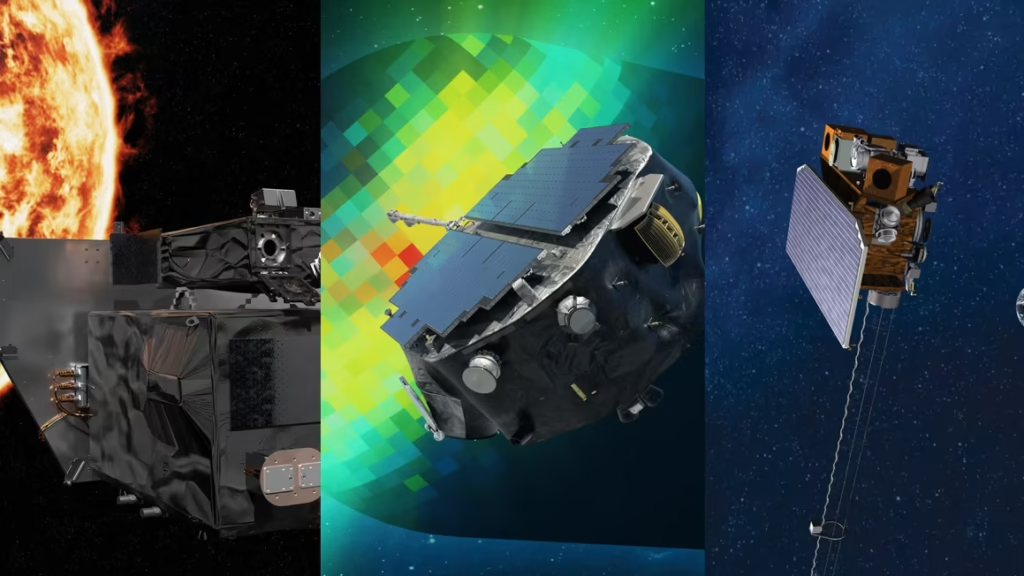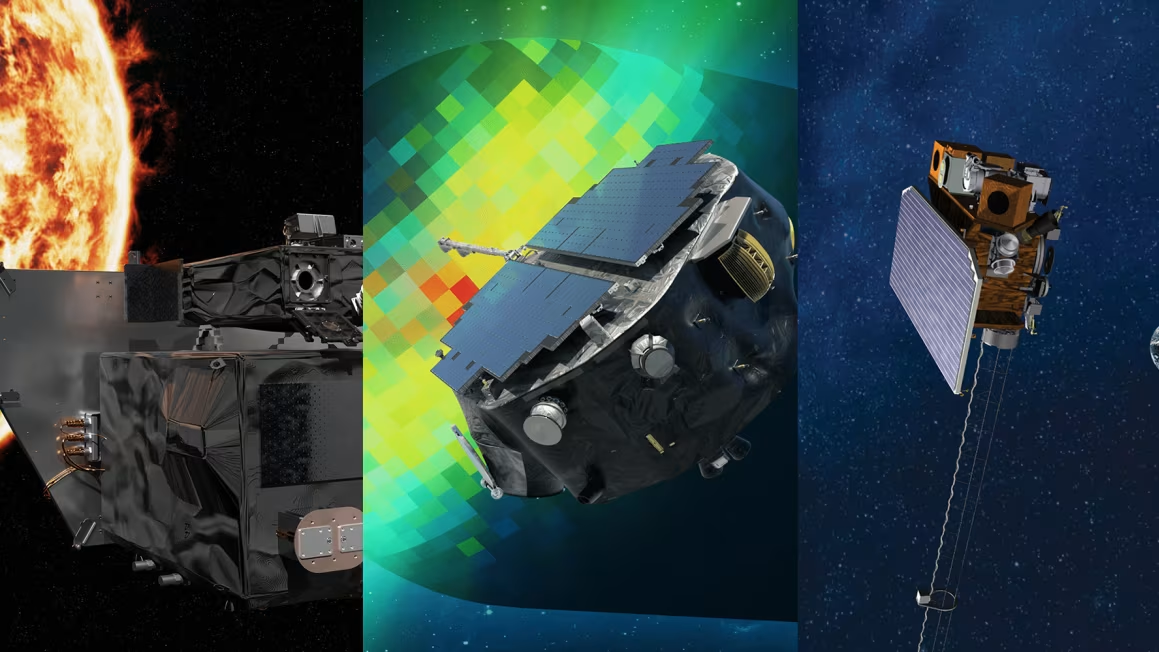NASA and SpaceX have teamed up to launch a mission that will shed new light on the heliosphere — the giant bubble of solar wind that protects our solar system from harmful cosmic particles. The Interstellar Mapping and Acceleration Probe (IMAP) rocketed off aboard a Falcon 9 to begin a journey toward the Sun-Earth Lagrange Point 1 where it will observe particles streaming in and out of our cosmic shield.
IMAP is equipped with ten sophisticated instruments designed to map how solar wind interacts with interstellar space and how particles accelerate near the boundary of the heliosphere. It will sample charged particles, energetic neutrals, interstellar dust, magnetic fields, and ultraviolet signatures, enabling a more complete picture of our solar neighborhood.
The probe launched together with two companion spacecraft: the Carruthers Geocorona Observatory, which will study Earth’s outermost atmospheric envelope, and NOAA’s Space Weather Follow On–Lagrange 1 satellite, which will monitor changing solar conditions. All three are headed to about one million miles from Earth, where they can get unobstructed views of solar and space weather activity.
From that vantage point IMAP will provide critical real time data to help forecast solar storms and protect satellites, power grids, and astronauts. The mission is expected to reach its operational station in early 2026, where it will continually send back measurements that inform models of solar activity and cosmic interactions.
This launch marks a significant advance in our ability to monitor space weather and understand how the solar wind sculpts our protective heliosphere. As human space exploration pushes outward, knowledge from IMAP will be invaluable in planning safer missions and building resilient space infrastructure.



